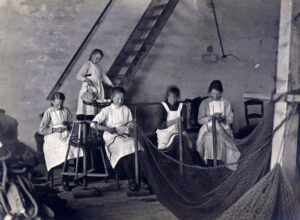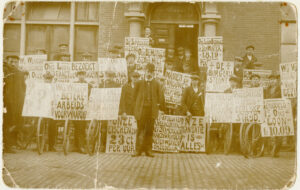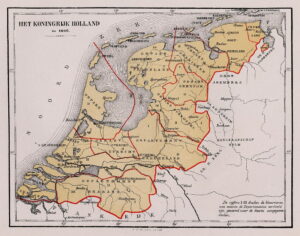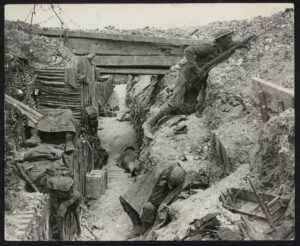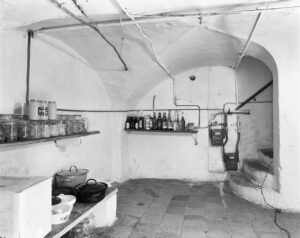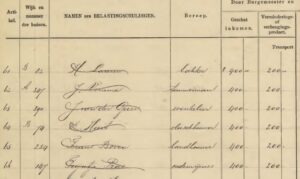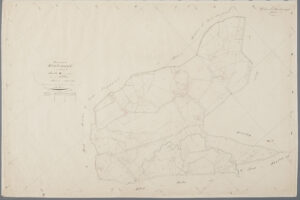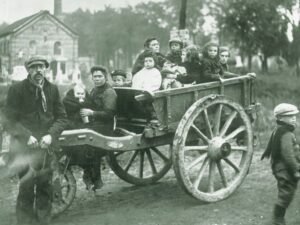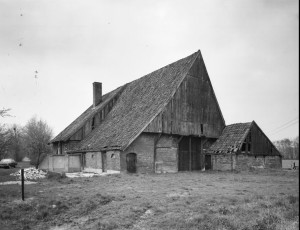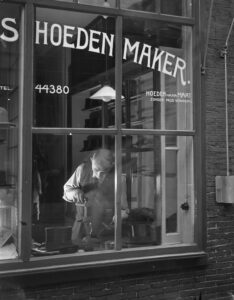A nettenboetster was a female worker who made or repaired fishing nets. It was typically a job for young girls in fishing villages to supplement the family's income. … [Read more...]
Dutch term – Holland
One of the best-known Dutch terms is Holland. Unsurprisingly, it means "Holland." But Holland can refer to different things: Many people abroad use Holland when they mean the country of the Netherlands. For a long time, the Netherlands used it in international communication. Even the Dutch themselves use it when they cheer on the national soccer team: "Hup, Holland, Hup!" [Go, Holland, go!] Dutch immigrants are often identified as being from "Holland" in records in other countries, for … [Read more...]
Dutch term – Loopgraaf
A loopgraaf is a trench. They were most famously deployed in World War I, when the Netherlands was neutral, but also in other wars. … [Read more...]
Dutch term – Kelder
A kelder is a cellar. Kelders were usually used for cold storage, typically accessible from the kitchen. You can come across the term in estate inventories that list the contents of a house by room. Some modern houses have a kelderkast [cellar closet/cupboard] that is usually just storage under the stairs rather than a real cellar. … [Read more...]
Source – Records of the municipality
In 1812, the Netherlands had more than 1,100 different municipalities. Since then, many have merged so we have about 350 left. See the Gemeentegeschiedenis website for an overview of all the municipalities that ever existed. Each of these municipalities created a wide range of records. Typical categories include: Records created by mayors, aldermen, municipal council, such as minutes of meetings, correspondence, municipal reports Various departments within the municipality … [Read more...]
Dutch term – Minuutplan
A minuutplan is a type of cadastral map created in 1832 to show the different plots within a section. Most sections were too large to display in one map, so there were often multiple minuutplans per section. See the article about Overview maps and minute maps for more information. … [Read more...]
Dutch term – Vluchteling
A vluchteling is a refugee. The Netherlands was neutral during World War I, and saw many refugees from Belgium. Many municipalities in the southern provinces kept special registers to keep track of the refugees who stayed in their area. Nowadays, refugees settling in the Netherlands come from more distant places, like Syria. … [Read more...]
Dutch terms – “Huis en erf” and other land uses
In cadastral records and land records, you will often find a description how the land was used. Here are the most common terms. Dutch term English translation armenhuis poorhouse boomgaard orchard bos wood bouwland farmland gemeentehuis town hall hakhout coppiced wood heide heath hooiland hay land huis house huis en erf house and … [Read more...]
